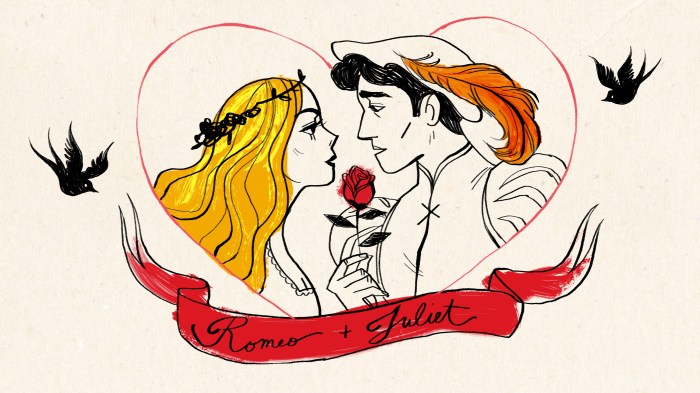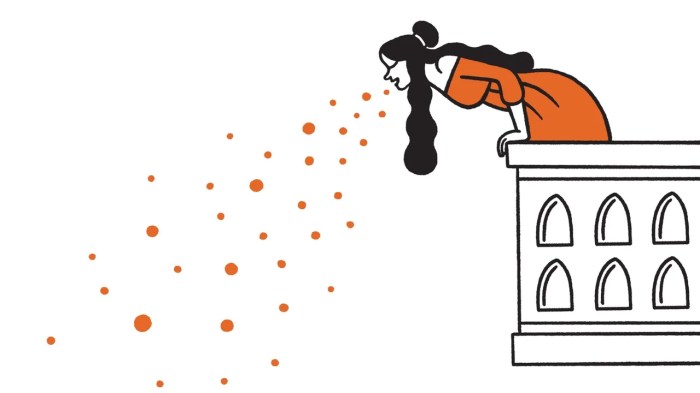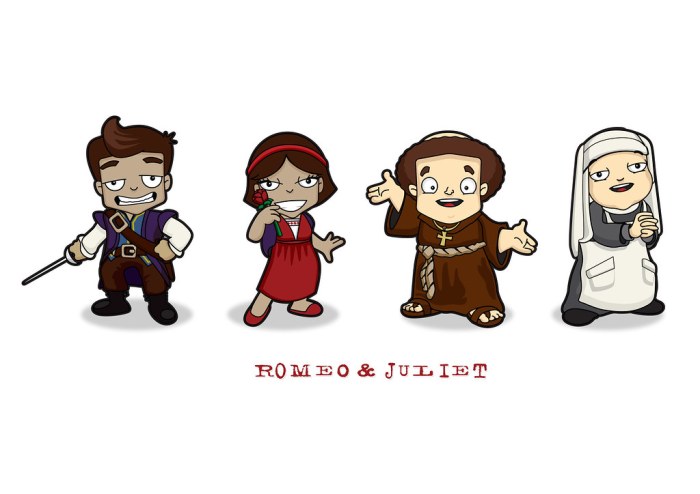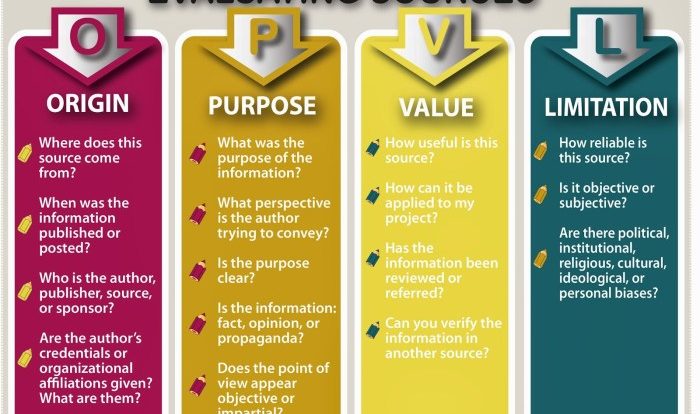Romeo and juliet cartoon strip – Immerse yourself in the timeless tale of Romeo and Juliet, brought to life in a captivating cartoon strip adaptation. This engaging narrative explores the iconic love story through a fresh and accessible medium, inviting readers of all ages to delve into its enduring themes and characters.
Through vibrant visuals and engaging storytelling, the cartoon strip breathes new life into Shakespeare’s classic, making it relatable and accessible to a wider audience.
Romeo and Juliet Cartoon Strip Introduction
The timeless love story of Romeo and Juliet, a classic tale of forbidden love and tragic consequences, has captivated audiences for centuries. Our cartoon strip adaptation aims to bring this beloved story to life in a fresh and engaging way, making it accessible to a wider audience.
This cartoon strip serves as a unique medium to explore the themes of love, family, and fate, offering a contemporary interpretation of Shakespeare’s masterpiece. Through vibrant visuals and witty dialogue, we hope to ignite a passion for literature and storytelling in readers of all ages.
Target Audience
Our cartoon strip is primarily designed for young readers, aged 8 to 12, who are beginning to explore classic literature and appreciate the power of storytelling. We believe that this adaptation will provide an accessible and enjoyable introduction to Shakespeare’s works, while also fostering a love for reading and imagination.
Character Design and Development

The visual representation of Romeo and Juliet in the cartoon strip plays a crucial role in conveying their characters and the story’s themes.
Romeo is depicted as a handsome and charming young man, with a confident and playful demeanor. His attire, often consisting of a doublet and hose, reflects the fashionable trends of the Elizabethan era. Juliet, on the other hand, is portrayed as a beautiful and innocent maiden, with a gentle and graceful presence.
Her flowing gown and long, flowing hair symbolize her purity and vulnerability.
Symbolism and Motifs
The character designs in the cartoon strip also incorporate various symbols and motifs that reinforce the play’s themes.
- The Balcony:The balcony serves as a recurring symbol of love and secrecy, as it is the place where Romeo and Juliet first meet and exchange vows.
- The Sword:Romeo’s sword represents the violence and conflict that ultimately leads to the tragic end of the lovers.
- The Poison:The poison that Juliet drinks to escape the forced marriage to Paris symbolizes the destructive power of fate and the impossibility of their love.
Plot and Narrative Structure

The cartoon strip adaptation of Romeo and Juliet captures the essence of the original story while condensing it into a succinct and visually engaging format.
The key events and plot points remain faithful to the original, including the initial meeting of the star-crossed lovers, their secret marriage, the tragic deaths of Mercutio and Tybalt, and the final tragic demise of Romeo and Juliet.
Influence of the Cartoon Strip Format
The cartoon strip format influences the pacing and storytelling in several ways:
- Conciseness:The limited space of each panel necessitates a concise and efficient narrative style, leading to a fast-paced and engaging reading experience.
- Visual Storytelling:The use of visual elements, such as exaggerated expressions and body language, compensates for the lack of verbal dialogue, allowing the story to be conveyed through visual cues.
- Comic Relief:The cartoon strip format allows for the incorporation of humorous elements, providing comic relief amidst the tragic events.
Use of Humor, Drama, and Conflict
The cartoon strip skillfully balances humor, drama, and conflict to create a dynamic and engaging narrative:
- Humor:Comic elements, such as slapstick and witty dialogue, provide moments of levity and lighten the otherwise heavy tone of the story.
- Drama:The central love story and the tragic events that unfold are portrayed with emotional depth and intensity, evoking empathy from the readers.
- Conflict:The feud between the Montagues and Capulets, as well as the internal conflicts faced by Romeo and Juliet, drive the narrative forward and create suspense.
Visual Style and Techniques

The cartoon strip features a vibrant and expressive visual style that complements the dramatic and romantic nature of the story. The color palette is rich and varied, with bold hues used to convey emotion and atmosphere. The linework is fluid and dynamic, capturing the characters’ movements and expressions with great detail and energy.
Panel Composition, Romeo and juliet cartoon strip
The panel composition is carefully crafted to guide the reader’s eye through the story and emphasize key moments. The panels vary in size and shape, creating a sense of rhythm and pacing. Close-ups are used to focus on the characters’ emotions, while wide shots establish the setting and provide context.
The use of gutters (the spaces between panels) helps to control the flow of information and build suspense.
Cultural and Historical Context

The cartoon strip’s interpretation of Romeo and Juliet draws heavily from the cultural and historical context of the original play.
It reflects the Elizabethan era’s societal norms and values, such as the importance of family honor, arranged marriages, and the strict social hierarchy.
Portrayal of Gender
The cartoon strip portrays the gender roles and expectations of the Elizabethan era.
- Juliet is depicted as a submissive and obedient daughter, while Romeo is portrayed as a passionate and impulsive young man.
- This reflects the societal expectation that women should be chaste and subservient, while men should be brave and assertive.
Portrayal of Class
The cartoon strip also reflects the class distinctions of the Elizabethan era.
- Romeo and Juliet come from wealthy and noble families, while the Nurse and Friar Laurence are from lower social classes.
- This distinction is evident in the way the characters are dressed and the language they use.
Portrayal of Social Hierarchy
The cartoon strip’s portrayal of social hierarchy reflects the rigid social structure of the Elizabethan era.
- The Capulets and Montagues are portrayed as powerful and influential families, while the Nurse and Friar Laurence are depicted as having less power and influence.
- This reflects the societal belief that people should know their place in society and that those of higher social status should be respected and obeyed.
Educational and Entertainment Value
The Romeo and Juliet cartoon strip holds significant educational and entertainment value, making it an effective medium for introducing the classic story to a broader audience.
The cartoon strip format simplifies the story, breaking it down into visually appealing panels and speech bubbles, making it more accessible and engaging for readers of all ages. The use of colorful illustrations and simplified language enhances comprehension and allows readers to grasp the essence of the plot and characters quickly.
Educational Value
- Introduction to Shakespeare:The cartoon strip provides an accessible introduction to Shakespeare’s works, allowing readers to familiarize themselves with his language, themes, and storytelling techniques.
- Cultural and Historical Context:The strip offers insights into the cultural and historical context of the play, such as the societal norms, values, and beliefs of Elizabethan England.
- Exploration of Themes:The cartoon strip effectively explores the play’s central themes, such as love, fate, and the consequences of hasty actions, making them relatable and understandable for younger audiences.
Entertainment Value
- Visual Appeal:The colorful illustrations and expressive character designs captivate readers and make the story visually engaging.
- Humorous Moments:The cartoon strip incorporates humorous elements, such as exaggerated expressions and slapstick humor, making it enjoyable for readers of all ages.
- Broad Appeal:The cartoon strip appeals to a wide range of audiences, from children and young adults to adults who may be unfamiliar with the original play.
Comparison to Other Adaptations

The Romeo and Juliet cartoon strip offers a distinctive interpretation of the classic tale, showcasing both its strengths and limitations in comparison to other adaptations.
One notable strength of the cartoon strip format is its ability to visually depict the characters and their emotions, allowing readers to connect with them on a more personal level. The cartoonish style also lends itself to comedic moments, providing a lighthearted counterbalance to the tragedy of the story.
Film Adaptations
- Compared to film adaptations, the cartoon strip has a limited runtime, which necessitates a more streamlined and concise storytelling approach.
- However, this brevity also allows the cartoon strip to focus on specific aspects of the story, such as the star-crossed lovers’ relationship, without getting bogged down in subplots or unnecessary details.
Conclusion
In conclusion, the Romeo and Juliet cartoon strip stands as a significant adaptation of Shakespeare’s classic tragedy. It successfully conveys the timeless themes of love, conflict, and tragedy while reaching a wider audience.
Its simplified narrative, engaging visuals, and cultural relevance make it an effective tool for introducing young readers to the complexities of the original play. The cartoon strip also provides valuable insights into the historical and cultural context of the story.
Impact and Significance
The Romeo and Juliet cartoon strip has had a lasting impact on popular culture, contributing to the widespread recognition of the Shakespearean tragedy.
Its accessibility has helped foster an appreciation for the play among generations of readers and viewers. The cartoon strip’s enduring popularity demonstrates its success in capturing the essence of the original work while making it accessible to a broader audience.
Areas for Further Research and Exploration
The Romeo and Juliet cartoon strip presents opportunities for further research and exploration in various areas:
- Comparative analysis:Comparing the cartoon strip to other adaptations of Romeo and Juliet, examining how different mediums shape the interpretation of the play.
- Educational applications:Exploring the effectiveness of the cartoon strip as an educational tool, assessing its impact on students’ understanding and appreciation of Shakespeare’s work.
- Cultural reception:Investigating the cultural reception of the cartoon strip across different audiences, considering how it has influenced perceptions of the play and Shakespearean literature.
Questions and Answers
What is the target audience for the Romeo and Juliet cartoon strip?
The cartoon strip is designed to appeal to a wide audience, including children, young adults, and adults who are interested in Shakespeare, literature, or graphic novels.
How does the cartoon strip format influence the pacing and storytelling?
The cartoon strip format allows for a more condensed and fast-paced storytelling approach, with each panel capturing a key moment or event in the story. This format also allows for greater visual impact and the use of humor and exaggeration.
What is the significance of the visual style in the cartoon strip?
The visual style of the cartoon strip plays a crucial role in conveying the tone and atmosphere of the story. The vibrant colors, expressive character designs, and dynamic panel compositions work together to create a sense of urgency, drama, and emotional resonance.

